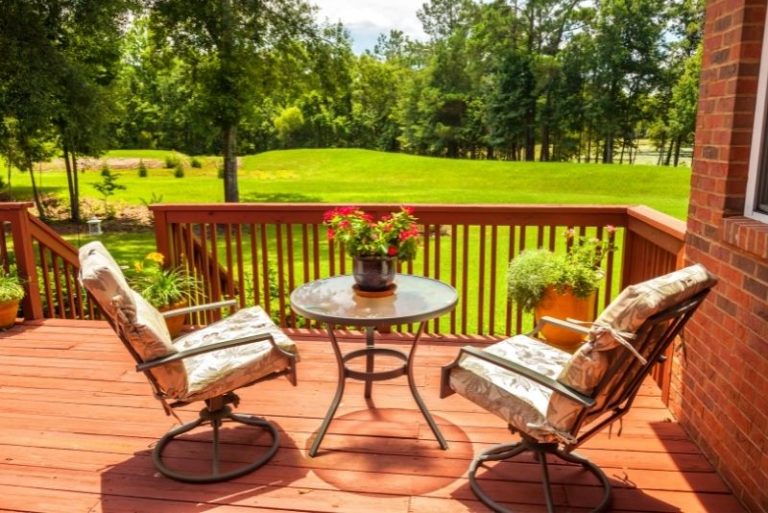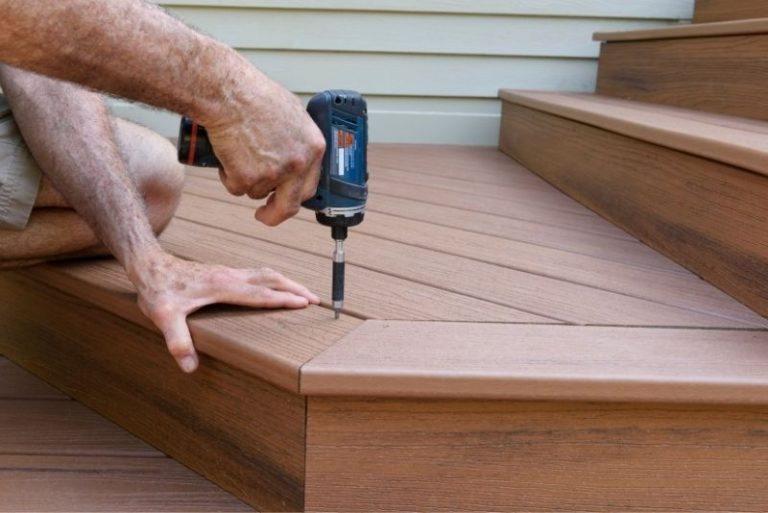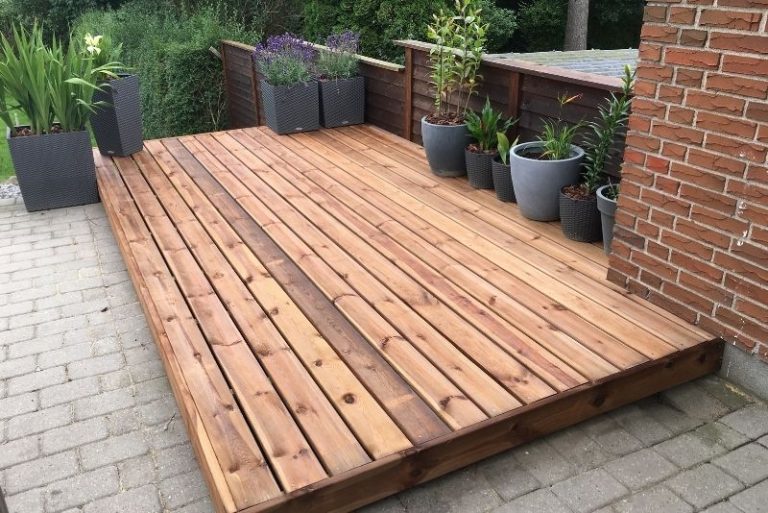Modern homeowners are discovering the magic of seamless indoor-outdoor living. A well-designed deck doesn't just…
Composite vs. Wood Decking: The Ultimate Comparison Guide
Choosing the right decking material for your home is one of the biggest decisions you’ll make for your outdoor space. With numerous options available, it can be overwhelming to determine which path to take. Two materials consistently top the list: traditional wood and modern composite decking. Each has its own set of benefits and drawbacks that can make or break your outdoor living experience.
This guide breaks down everything you need to know about composite and wood decking, from costs to maintenance, so you can choose the best option for your lifestyle and budget.

Initial Investment: Upfront Costs Breakdown
The price tag is often the first thing homeowners consider when choosing decking materials. Wood decking typically costs less upfront, making it an attractive option for budget-conscious homeowners.
Composite decking requires a higher initial investment. However, this upfront cost includes the benefit of built-in UV protection, stain resistance, and fade protection that wood doesn’t naturally offer.
When calculating your total project cost, remember to factor in additional expenses like:
- Substructure materials and hardware
- Professional installation (if not DIY)
- Initial treatments or staining for wood
- Permits and inspections
While wood wins on upfront costs, the gap narrows when you consider the long-term value and reduced maintenance expenses that come with composite materials.

Durability and Lifespan: Which Material Goes the Distance?
When it comes to standing up to Australia’s harsh climate, durability becomes crucial. Wood decking, particularly hardwoods, can last 15 to 30 years with proper maintenance. However, softwoods like pine typically need replacement after 10 to 15 years, especially in coastal areas where salt air accelerates wear.
Wood faces several challenges that can shorten its lifespan:
- Moisture damage leading to rot and decay
- Insect damage, particularly from termites
- Warping, splitting, and cracking over time
- Fading and weathering from UV exposure
- Staining from spills and organic matter
Composite decking offers superior durability, with most manufacturers providing warranties of 20 to 30 years. These materials resist moisture, insects, and UV damage far better than wood. They won’t rot, warp, or splinter, making them ideal for families with children or pets.
The synthetic nature of composite materials means they maintain their structural integrity and appearance much longer than wood, even in challenging coastal environments where salt air can be particularly damaging to natural materials.
Maintenance Requirements: Time and Effort Comparison
Maintenance is where the true cost difference between wood and composite becomes apparent.
Wood maintenance tasks include:
- Power washing to remove dirt and mildew
- Sanding to smooth rough spots and prepare for staining
- Applying stain or sealant to protect against moisture
- Replacing damaged boards as needed
- Regular inspection for loose fasteners or structural issues
Composite decking requires minimal maintenance, typically just occasional cleaning with soap and water. There’s no need for sanding, staining, or sealing. A simple wash, performed a few times per year, is usually sufficient to keep composite decking looking like new.
Aesthetic Appeal: Natural Beauty vs. Consistent Look
Wood decking offers unmatched natural beauty that many homeowners love. Each board features a unique grain pattern, and the material develops a beautiful patina over time. Wood also feels warm underfoot and provides a traditional, timeless appearance that complements most home styles.
However, wood’s appearance changes significantly over time. Without regular maintenance, it fades to a silvery-grey colour and can develop an uneven appearance as different boards weather at varying rates. Staining helps maintain colour consistency, but it’s an ongoing commitment.
Modern composite decking has come a long way in replicating the appearance of wood. Today’s composite boards feature realistic wood grain textures and are available in a variety of colours that closely resemble popular wood species. The main advantage is consistency – composites maintain their appearance year after year without the colour variations that come with natural weathering.
Environmental Impact: Sustainability Factors to Consider
Environmental considerations play an increasingly important role in material selection. Wood decking can be environmentally friendly when sourced from responsibly managed forests.
However, the environmental impact extends beyond the initial harvest. Wood decking requires regular chemical treatments, stains, and sealers that can run off into soil and waterways. Additionally, wood decking typically requires more frequent replacement, creating ongoing demand for new materials.
Composite decking often contains recycled materials, including plastic bags, bottles, and reclaimed wood fibres. This gives new life to materials that might otherwise end up in landfills. The longer lifespan of composite materials also means fewer replacements over time, reducing overall environmental impact.

Ready to Choose Your Perfect Decking Solution?
Both composite and wood decking have their place in Australian homes, and the right choice depends on your priorities, budget, and lifestyle. If you value natural beauty and have the time for regular maintenance, wood may be the perfect choice for you. If you prefer a low-maintenance option with a consistent appearance, composite could be a better investment.
Decking Sunshine Coast Solutions understands that every homeowner’s needs are different. Their experienced team can help you weigh the pros and cons of each material based on your specific situation, local climate conditions, and long-term goals. They offer both premium wood and composite decking options, ensuring you get the best quality materials regardless of your choice.
Don’t let the decision overwhelm you. Contact Decking Sunshine Coast Solutions today for a free consultation and quote.
